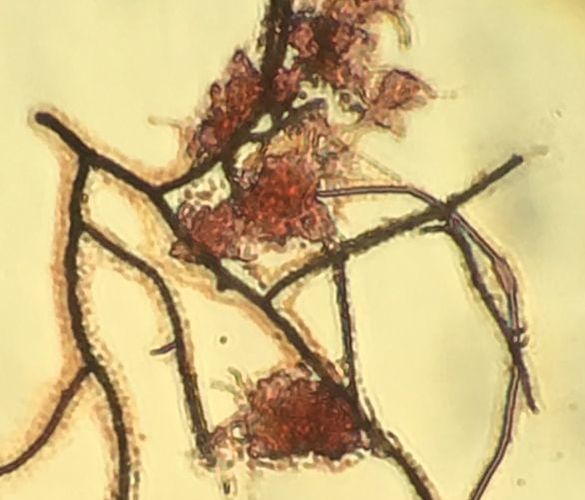Paul Campbell leads Aster Bio's molecular diagnostics development projects. Today, he is discussing our efforts to detect and quantify filamentous bulking organisms in wastewater.
Wastewater treatment operators have been using microscopic examinations of their sludge for decades. These operators are accustomed to describing what they see under the scope in qualitative terms such as:
* Gram stain – positive or negative
* Neisser stain – positive or negative
* Eikelboom morphotype 0914 or Type 1701, etc.
Aster Bio is developing genetic tests based on qPCR to follow key microorganisms in wastewater. And... guess what? It is not always easy to tie genetics to microscopic observations, for several good reasons. But, does this mean that one method is superior to the other? No, but it does mean that, with time, you can correlate the data provided by each method with the system under observation. In this regard, qPCR and other molecular methods have a little catching up to do. We are rapidly collecting data to bridge this gap.
So, why the differences?
First, we are dealing with two completely different types of data. With experience, microscopic exam provides a very consistent, descriptive analyses of what is on a slide. Results of different stains are fairly objective, as are measurements of cell sizes, filament diameters, and types of branching. But it is difficult to objectively (or subjectively) estimate the microbial populations in percentages. And worse yet, biology can throw you a curve ball (more on that below).
In contrast, a method like qPCR is very objective with one caveat: once you decide on a protocol, you need to stick with it (or spend a lot of time recalibrating between the old and new protocol). It is very quantitative (hence the "q" in qPCR). But, again, biology can throw you a curve ball here, too.
So, what are these curve balls? Genotype (genetic composition) v. Phenotype (physical appearance)
The phenotype of a microorganism can change drastically, impacting microscopic exam interpretation. For example, Sphaerotilus natans, a notorious wastewater filament, has demonstrated different growth patterns depending upon environmental conditions. With sufficient oxygen present, the cells generally act as individuals, living a planktonic lifestyle. But, as the dissolved oxygen drops, the planktonic cells begin to grow as sheathed filaments.
Phenotype can also impact a genetic assay like qPCR! Several floc-forming microorganisms produce extracellular DNA that increases their relative count number during qPCR testing. (Same number of individual cells but extra free DNA copies making DNA-based overcounts possible). Extracellular DNA overcounts are possible with microorganisms like Thauera (a key denitrifying genus that is also associated with non-filamentous bulking) and Nitrospira (ammonia-/nitrite-oxidizing bacteria) that uses extracellular DNA to reinforce the floc.
As Aster Bio expands our qPCR testing portfolio and adds more information to our genetic database, we will offer wastewater treatment plants a rapid, truly quantitative way to identify and troubleshoot filamentous bulking and non-filamentous (often called Zoogleal bulking) events. The goal is to identify and correct potential problems before the bulking becomes a visible problem using traditional microscopic exam.


 RSS Feed
RSS Feed